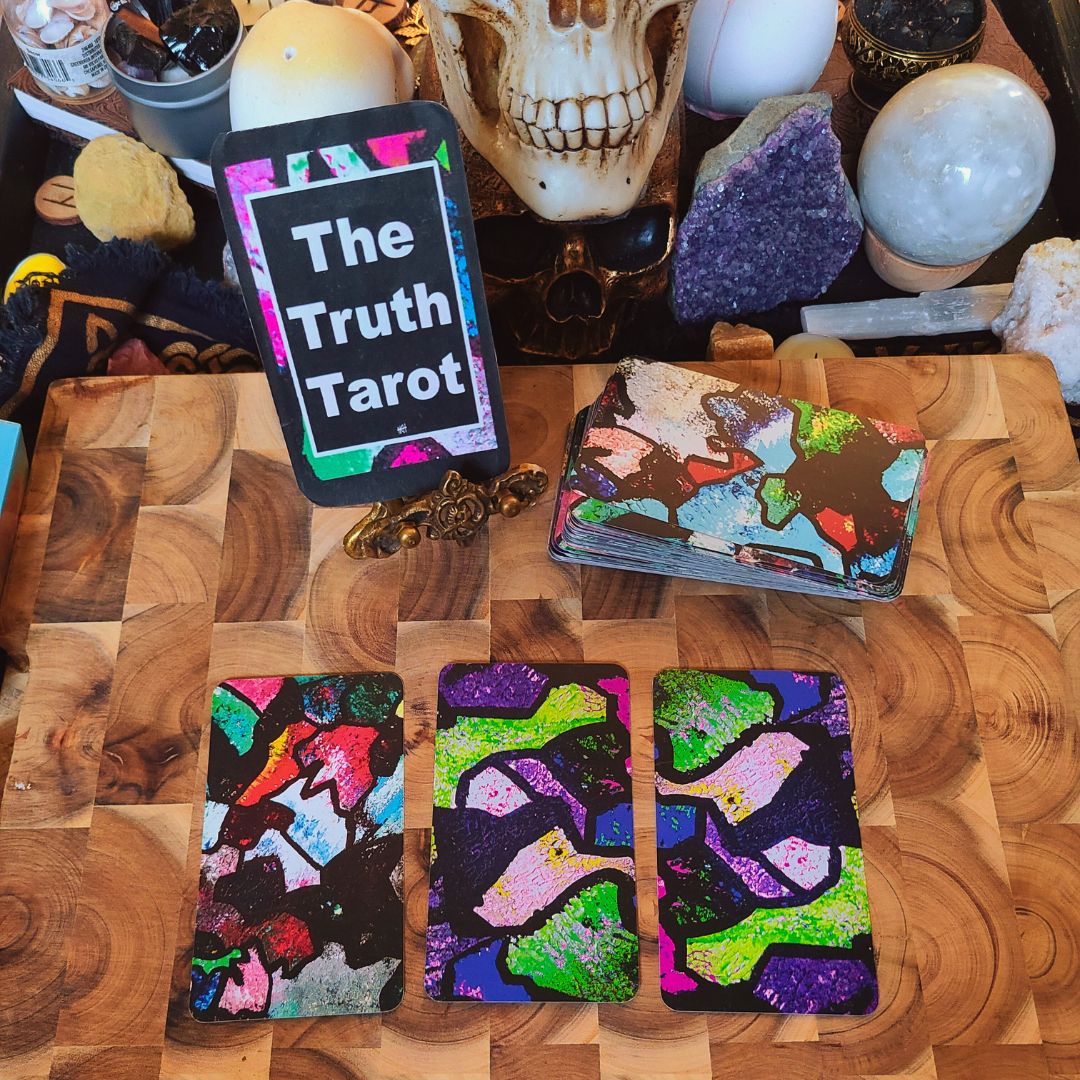
Exploring Gemini: A Constellation Story
Share
Have you ever looked up at the night sky and wondered about the stories behind the stars? One of the most fascinating constellations to explore is Gemini. In this blog post, we will delve into the mythology, history, and scientific facts surrounding this celestial wonder.
What is Gemini?
Gemini is one of the 88 recognized constellations in the night sky. It is located in the northern hemisphere and is visible from December to April. Gemini represents the twins Castor and Pollux from Greek mythology.
The Mythology of Gemini
According to Greek mythology, Castor and Pollux were twin brothers born to Leda, the queen of Sparta. Castor was mortal, while Pollux was immortal. The twins were known for their bravery and were skilled horsemen.
When Castor was killed in battle, Pollux was devastated. In his grief, he pleaded with Zeus, the king of the gods, to allow him to share his immortality with his brother. Zeus granted his wish and placed the twins in the sky as the constellation Gemini.
Historical Significance
Gemini has been recognized by various civilizations throughout history. The ancient Egyptians associated the constellation with the god Horus, while the Babylonians saw it as a representation of the twin gods Lugalirra and Meslamtaea.
In ancient Rome, Castor and Pollux were revered as the patron gods of sailors. They were believed to appear in times of crisis to guide ships safely to shore. The Romans even built a temple, the Temple of Castor and Pollux, in their honor.
Scientific Facts about Gemini
From a scientific perspective, Gemini is an interesting constellation to study. It is home to many notable stars, including Castor and Pollux, which are among the brightest stars in the night sky.
One fascinating fact about Gemini is that it contains a famous star cluster called the Pleiades. This cluster is visible to the naked eye and is often referred to as the "Seven Sisters." It is a young cluster, with stars estimated to be only 100 million years old.
Another interesting feature of Gemini is its association with the Geminid meteor shower. This annual event occurs in mid-December and is known for its bright and colorful meteors. The Geminids are considered one of the most reliable meteor showers, with up to 120 meteors per hour at its peak.
Exploring Gemini takes us on a journey through mythology, history, and scientific discovery. Whether you are gazing at the night sky or learning about the constellations from the comfort of your home, the story of Gemini reminds us of the rich tapestry of human imagination and our fascination with the stars above.

